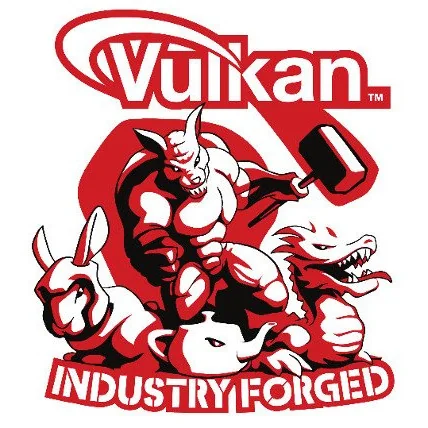Google Is Working On Vulkan Over CPUs With SwiftShader

The slide decks from this Vulkan Developer Day event are now available. For the most part it's routine material for those familiar with Vulkan 1.1, sub-groups, HLSL interoperability, and other modern Vulkan features.
In my going through the material thus far, one of the most interesting was the PDF slide deck for Google working on Vulkan with SwiftShader.
Not to be confused with Apple's Swift programming language, the SwiftShader effort is what dates back to TransGaming's SwiftShader work when they were working on their Wine/CrossOver alternative.
Google in 2016 opened up their SwiftShader effort for getting OpenGL and Direct3D 9 piped on CPUs. Google's focus with SwiftShader has been on a high-performance CPU-based implementation of OpenGL ES and Direct3D 9 graphics.
But now thanks to the Montreal summit, it's clear they are working on getting SwiftShader handling Vulkan on CPUs. And in turn they seem to be mapping OpenGL ES over Vulkan.
Google is working on enabling SwiftShader to handle Vulkan on CPUs for Android/Chrome/Chromium instances where no hardware driver might be available. Unfortunately, no video recordings are out yet for clarifying their Vulkan CPU intentions with SwiftShader.
In the past there was the Vulkan-CPU effort born out of Google Summer of Code that later renamed to Kazan for getting Vulkan running on CPUs, but there hasn't been anything to report on that effort in months. At least now we're looking for a Vulkan CPU-based implementation coming via the open-source SwiftShader, which is available via GitHub. While writing this article I also noticed the vulkan-prototype branch being available for containing this work.
27 Comments

